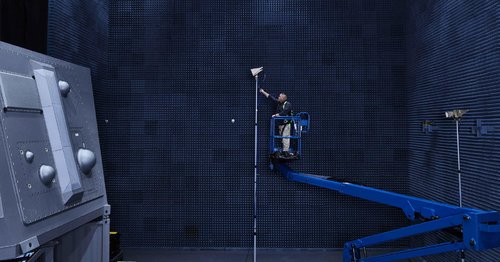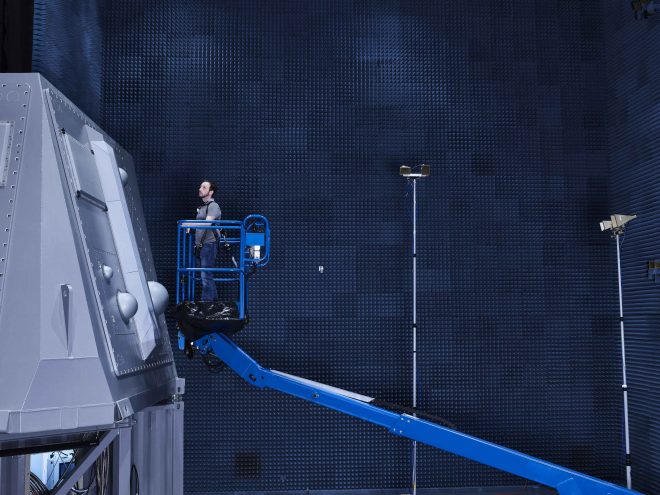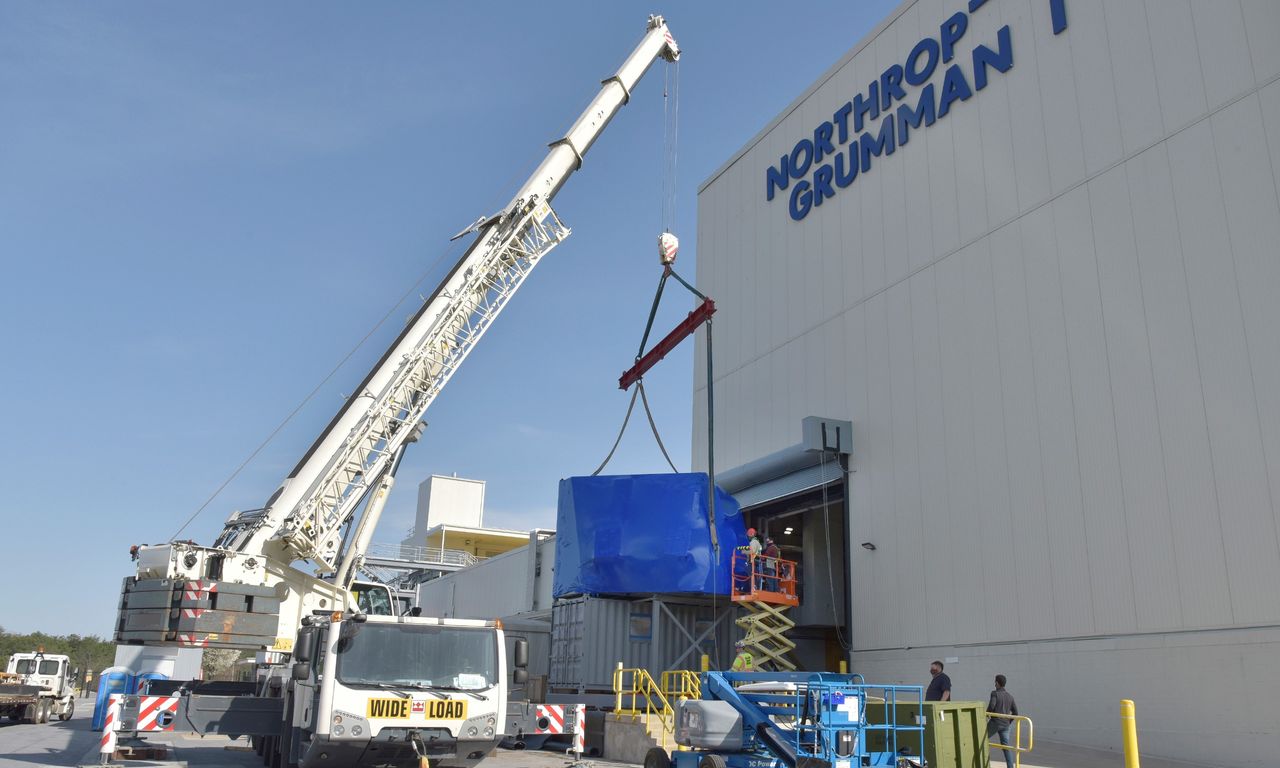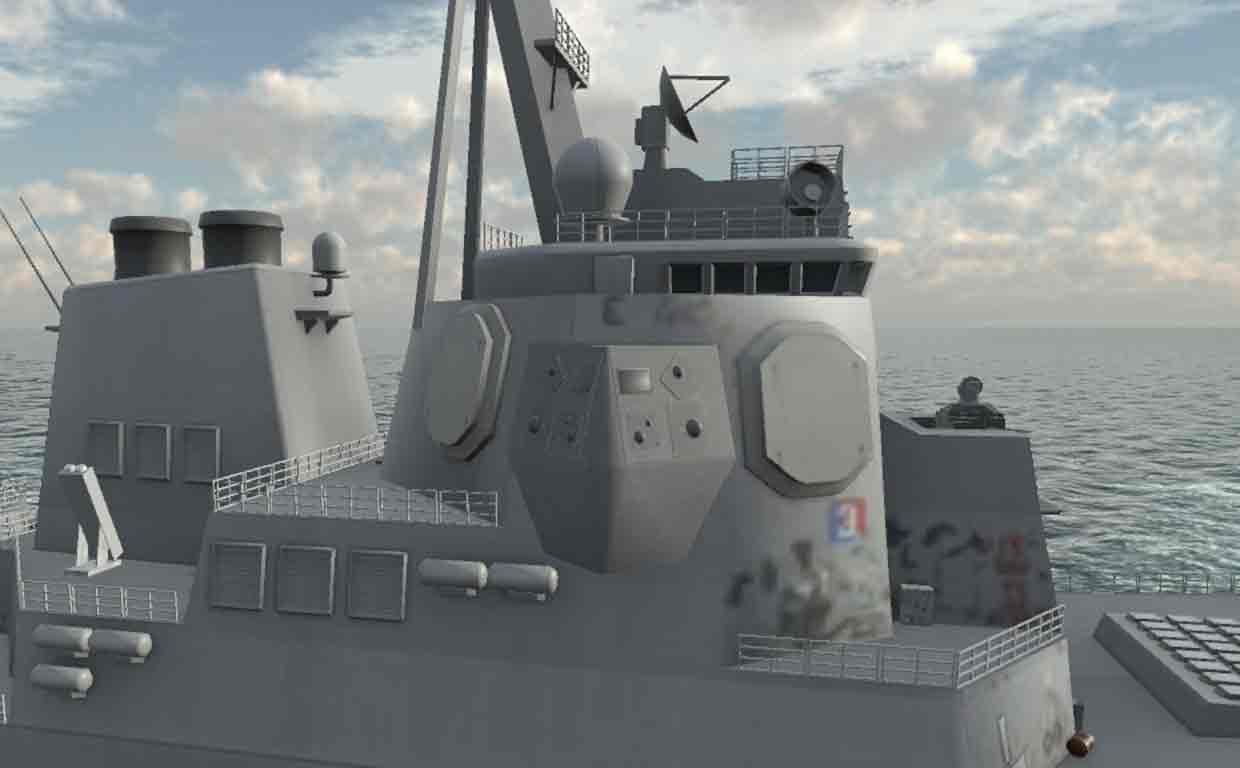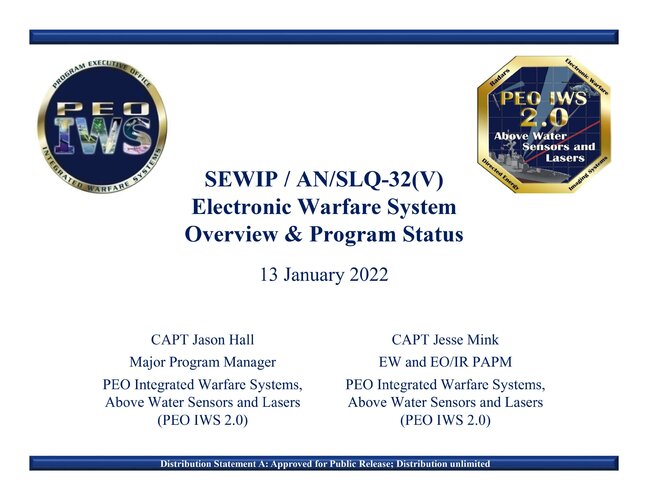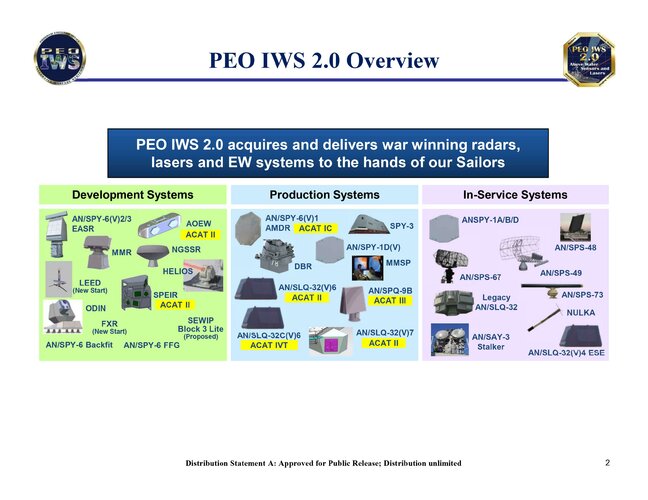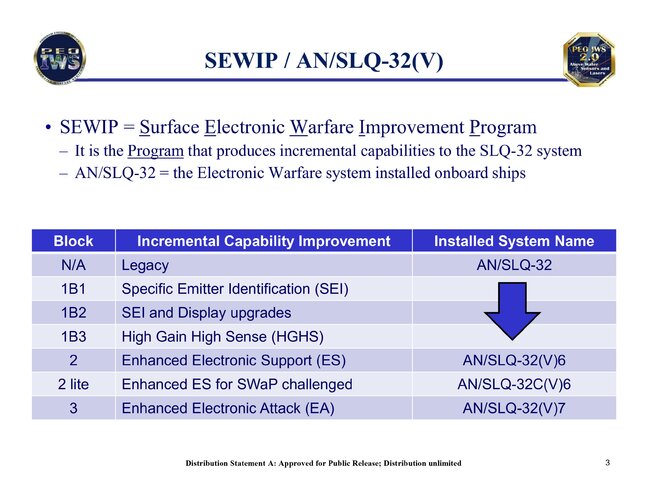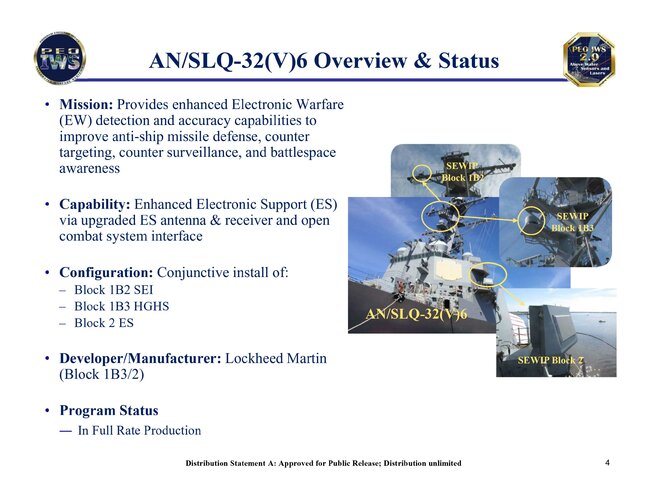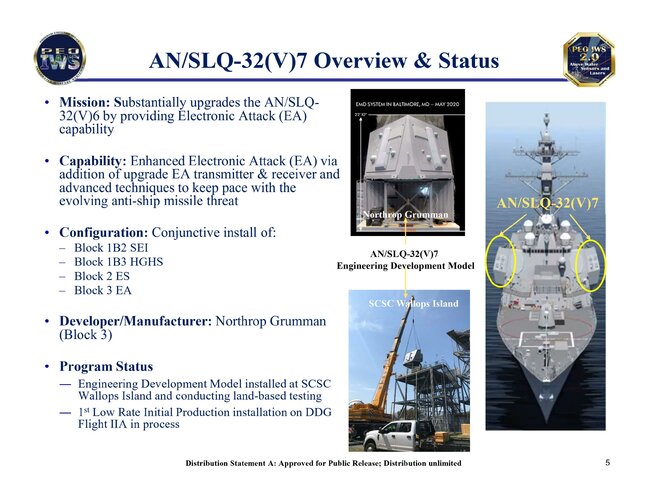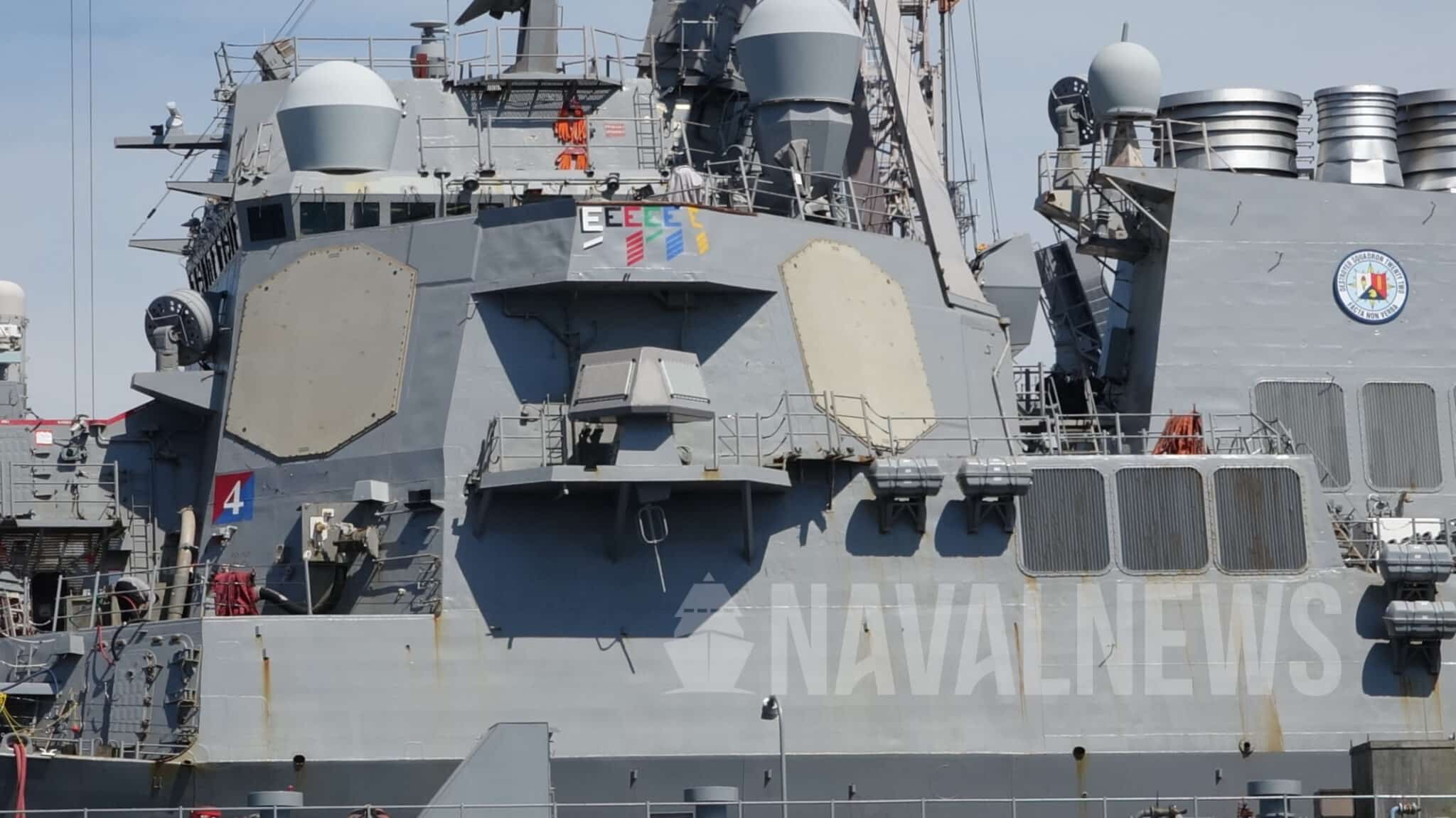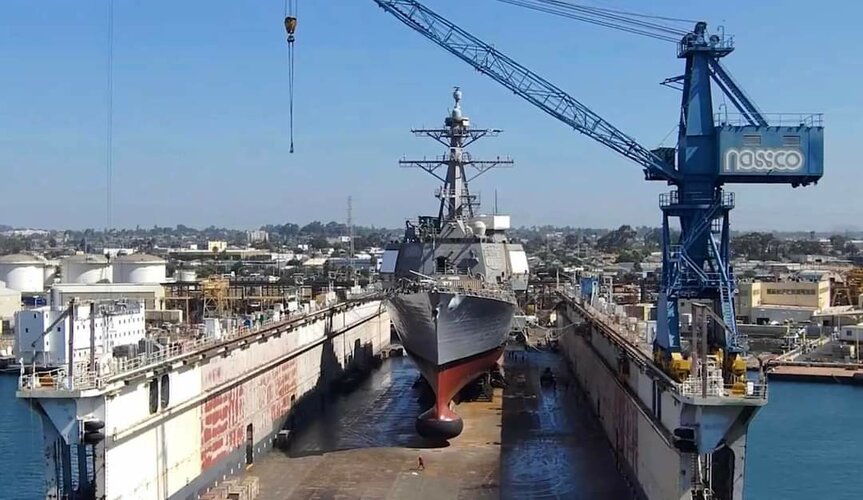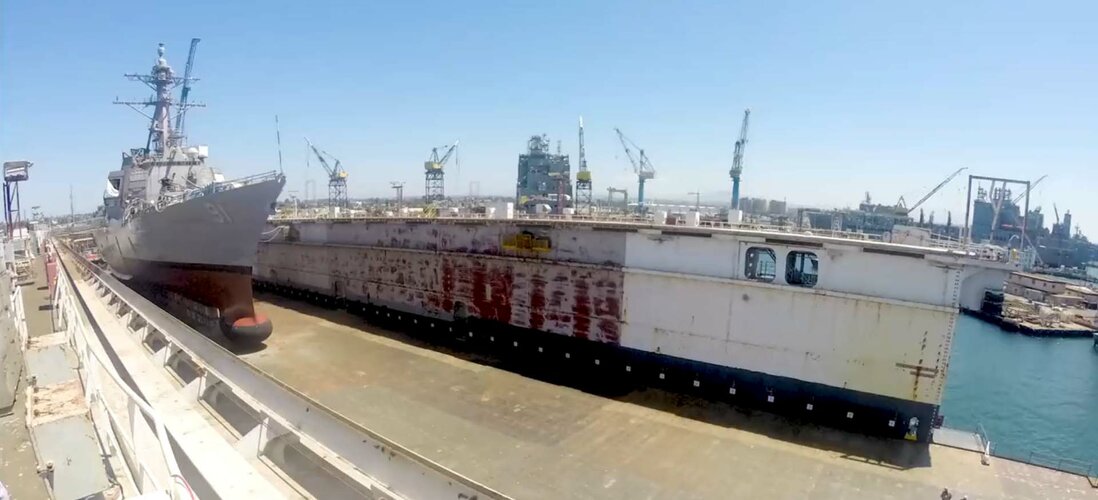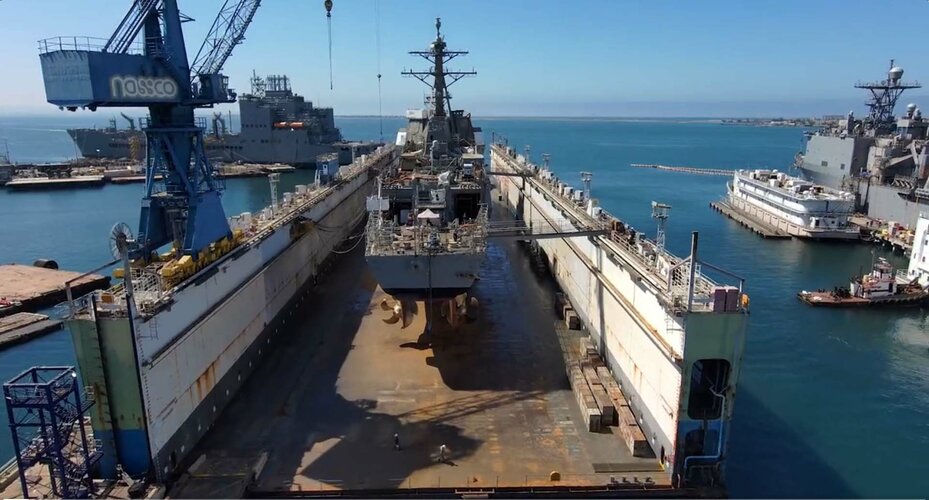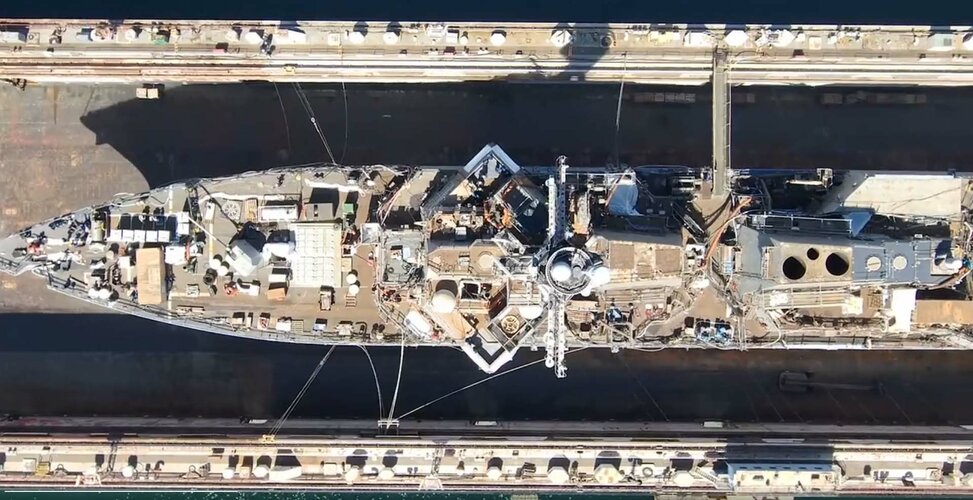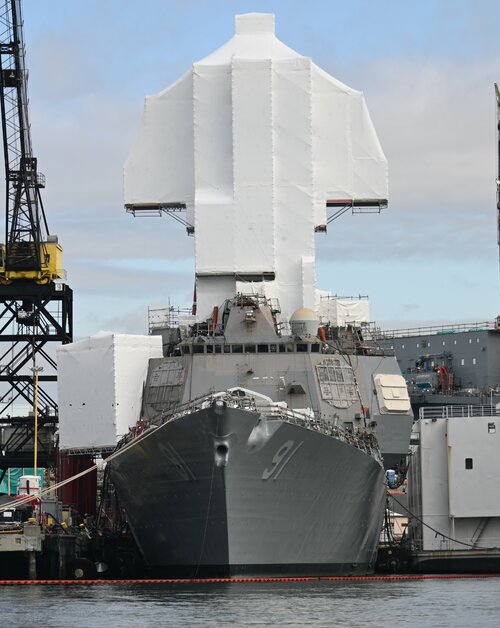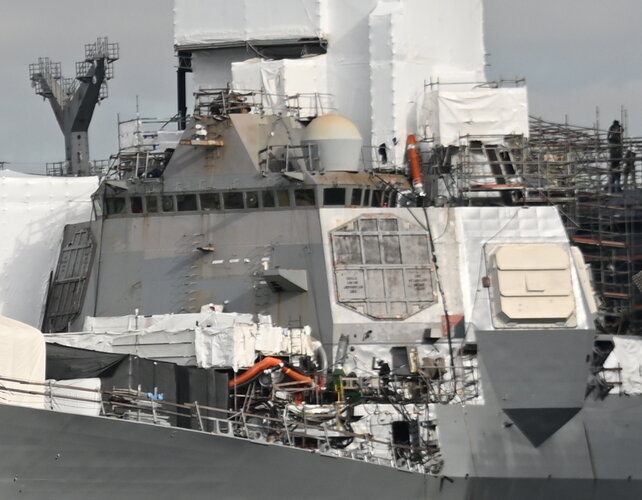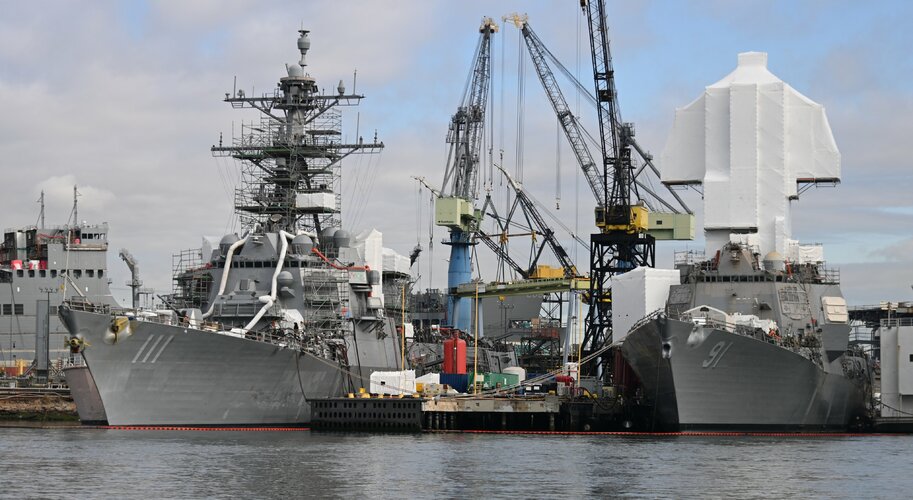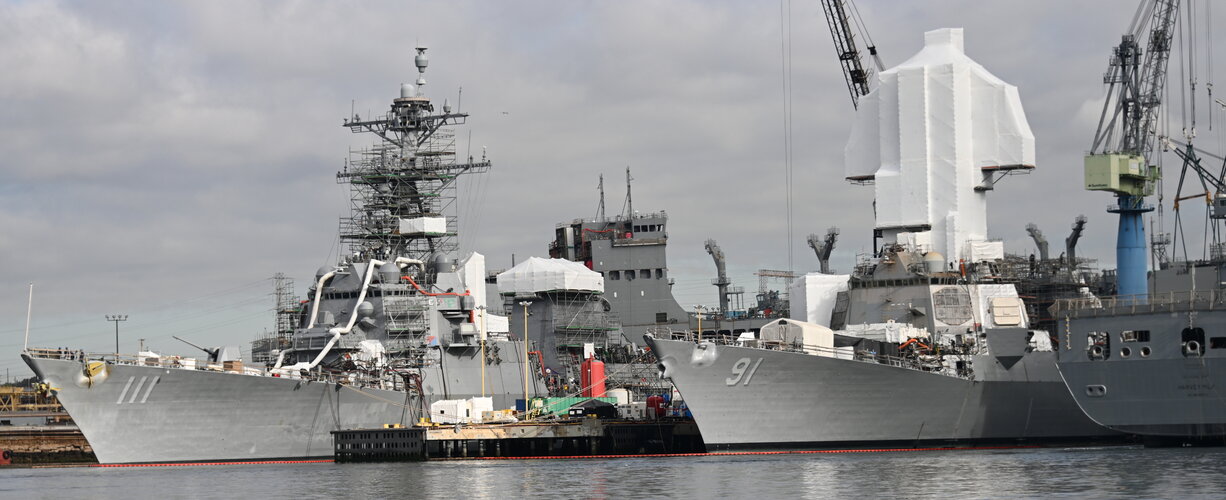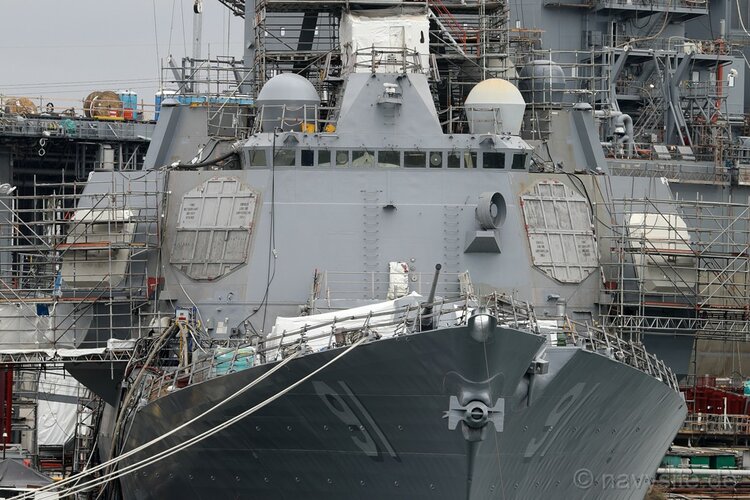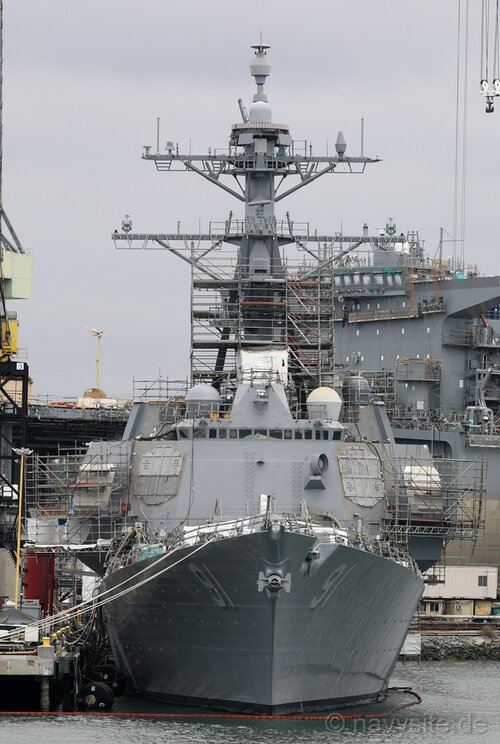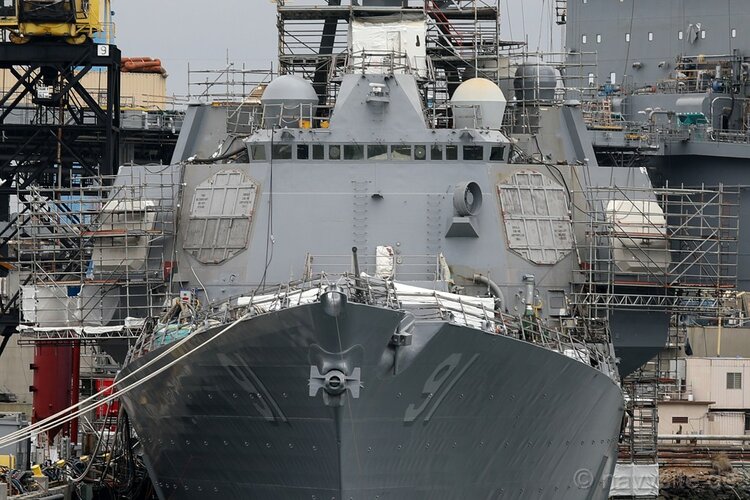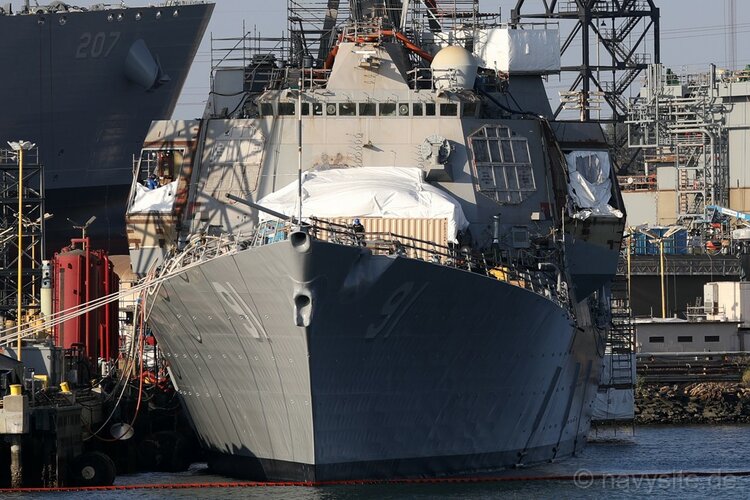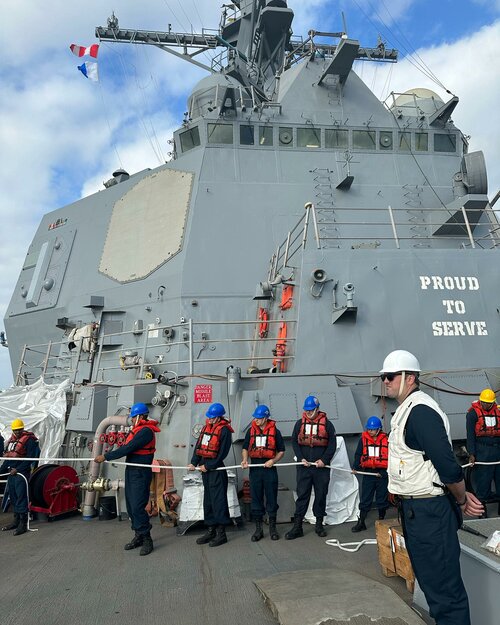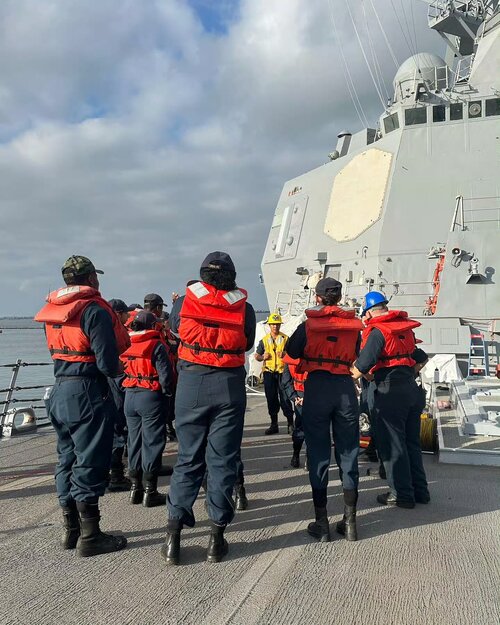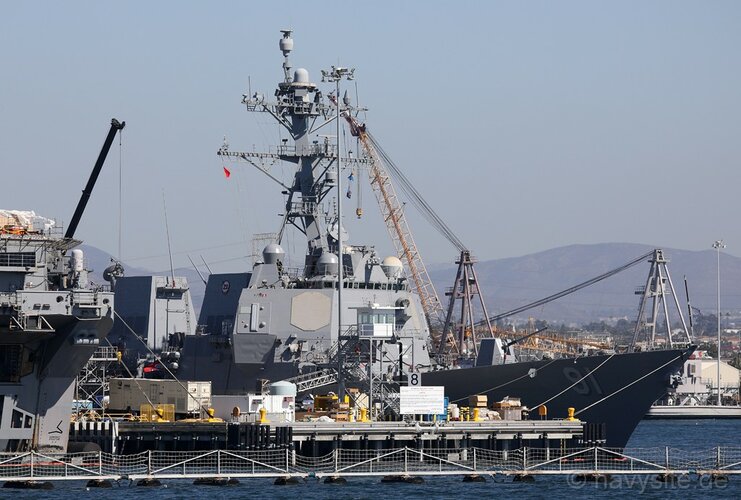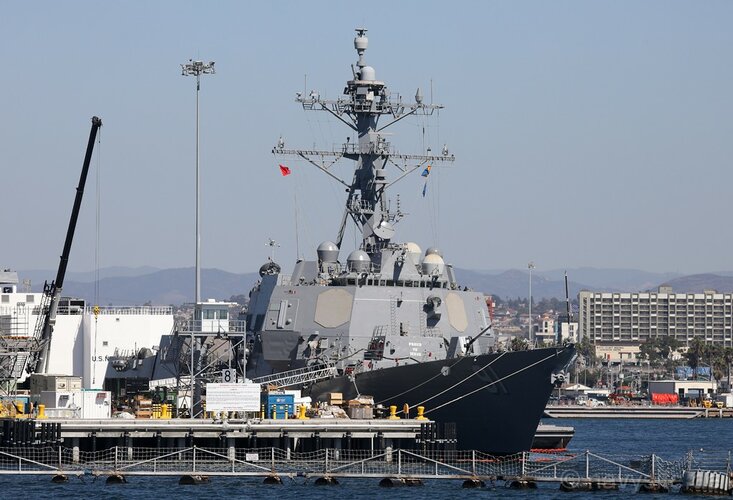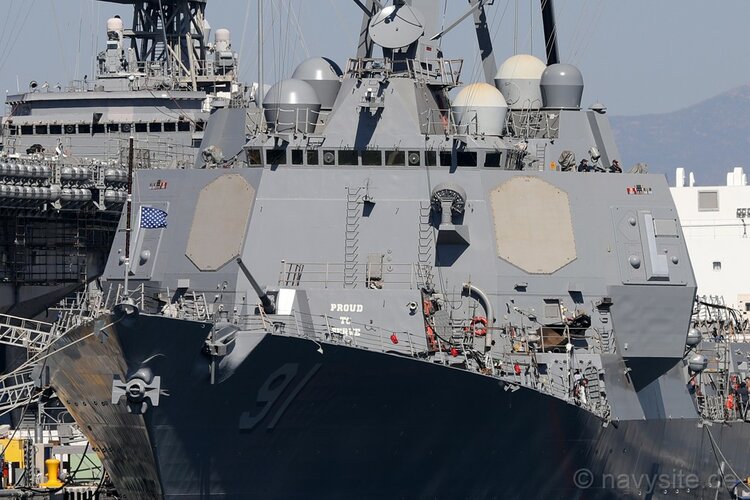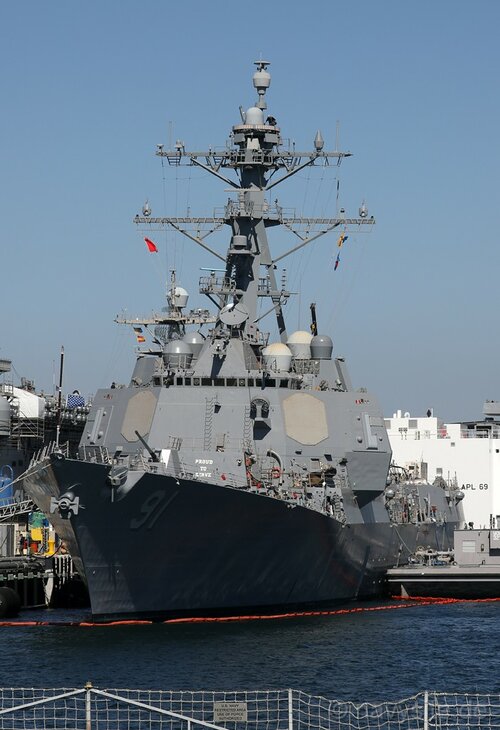aonestudio
I really should change my personal text
- Joined
- 11 March 2018
- Messages
- 2,847
- Reaction score
- 7,000
Northrop Grumman Demonstrates Antenna Sharing and Pattern Capabilities at Naval Research Laboratory Test Facility

InTop EW/IO/COMMS system deployed at Chesapeake Beach, Maryland serving as the test bed for Low-Level Resource Allocation Manager (LLRAM).
LINTHICUM, Md. – Oct. 28, 2019 – Northrop Grumman Corporation (NYSE: NOC) in partnership with the U.S. Naval Research Laboratory (NRL) successfully completed a critical test in the development of the Integrated Topside (InTop) Low-Level Resource Allocation Manager (LLRAM) program last month at NRL’s test facility in Chesapeake Beach, Maryland.
LLRAM in conjunction with the InTop Electronic Warfare/Information Operations/Communications (EW/IO/COMMS) system demonstrated the simultaneous sharing of a single antenna, while flexing its adaptable size and antenna pattern capabilities, and performing a mission that would have required multiple dedicated antennas in the past. The significance of the test is to enable future antenna reductions on ships that are already capacity-constrained, allowing for more advanced warfighting capabilities in an ever-increasingly complex battlespace environment.
“The Northrop Grumman/NRL demonstration of LLRAM concepts was conducted in the same environment that proved crucial to the development of the SEWIP Block 3 EDM,” said Mike Meaney, vice president, maritime electronic and information warfare, Northrop Grumman. “The efficiency of signal sharing capabilities, scalability and advanced resource management capabilities developed on the Low-Level Resource Allocation Manager program will allow for a significantly reduced footprint topside.”
The demonstration showed that the EW/IO/COMMS Advanced Development Model for SEWIP Block 3 can serve as a platform for proving out advanced multi-function concepts using existing NRL test assets.
LLRAM and EW/IO/COMMS were developed under the Office of Naval Research (ONR) Electromagnetic Maneuver Warfare Command and Control (EMC2) Integrated Topside (InTop) Innovative Naval Prototype. The system leverages four AESA arrays (low band transmit/receive and high band transmit/receive) and intended platforms include cruisers, destroyers and aircraft carriers.
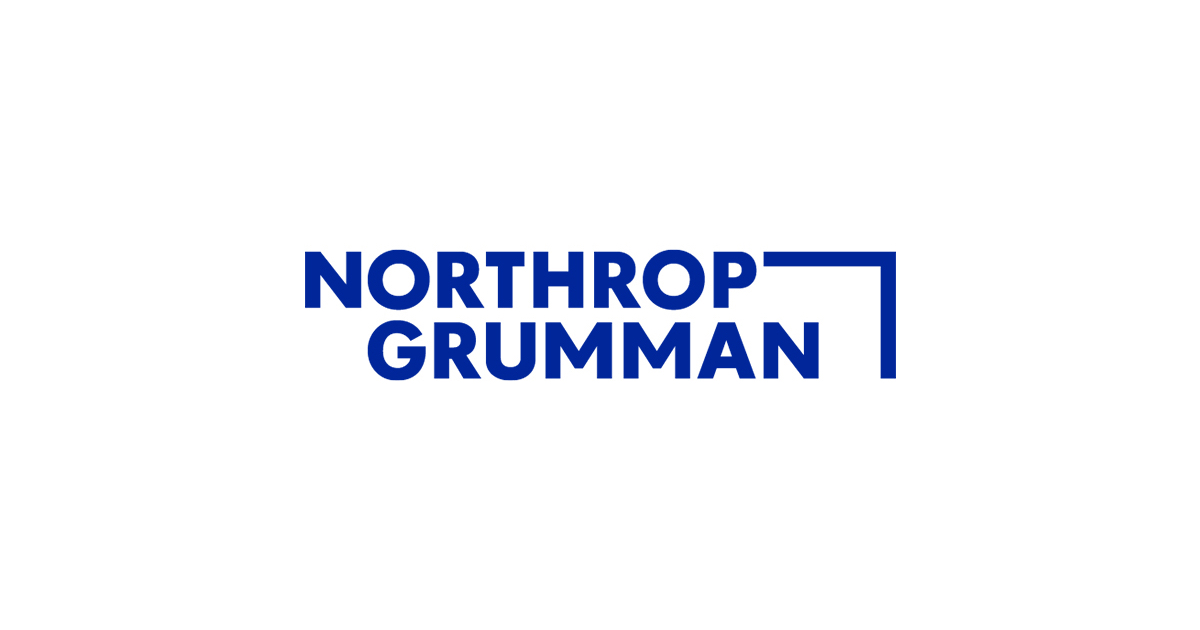
 news.northropgrumman.com
news.northropgrumman.com
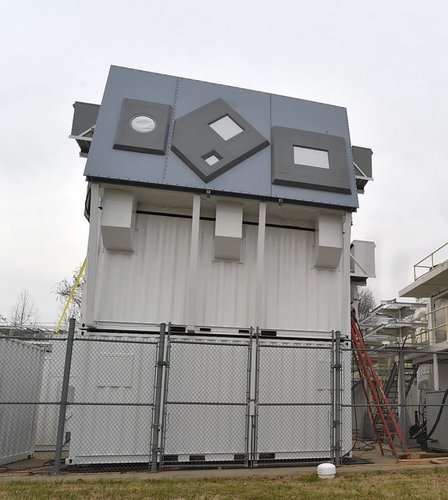
InTop EW/IO/COMMS system deployed at Chesapeake Beach, Maryland serving as the test bed for Low-Level Resource Allocation Manager (LLRAM).
LINTHICUM, Md. – Oct. 28, 2019 – Northrop Grumman Corporation (NYSE: NOC) in partnership with the U.S. Naval Research Laboratory (NRL) successfully completed a critical test in the development of the Integrated Topside (InTop) Low-Level Resource Allocation Manager (LLRAM) program last month at NRL’s test facility in Chesapeake Beach, Maryland.
LLRAM in conjunction with the InTop Electronic Warfare/Information Operations/Communications (EW/IO/COMMS) system demonstrated the simultaneous sharing of a single antenna, while flexing its adaptable size and antenna pattern capabilities, and performing a mission that would have required multiple dedicated antennas in the past. The significance of the test is to enable future antenna reductions on ships that are already capacity-constrained, allowing for more advanced warfighting capabilities in an ever-increasingly complex battlespace environment.
“The Northrop Grumman/NRL demonstration of LLRAM concepts was conducted in the same environment that proved crucial to the development of the SEWIP Block 3 EDM,” said Mike Meaney, vice president, maritime electronic and information warfare, Northrop Grumman. “The efficiency of signal sharing capabilities, scalability and advanced resource management capabilities developed on the Low-Level Resource Allocation Manager program will allow for a significantly reduced footprint topside.”
The demonstration showed that the EW/IO/COMMS Advanced Development Model for SEWIP Block 3 can serve as a platform for proving out advanced multi-function concepts using existing NRL test assets.
LLRAM and EW/IO/COMMS were developed under the Office of Naval Research (ONR) Electromagnetic Maneuver Warfare Command and Control (EMC2) Integrated Topside (InTop) Innovative Naval Prototype. The system leverages four AESA arrays (low band transmit/receive and high band transmit/receive) and intended platforms include cruisers, destroyers and aircraft carriers.



